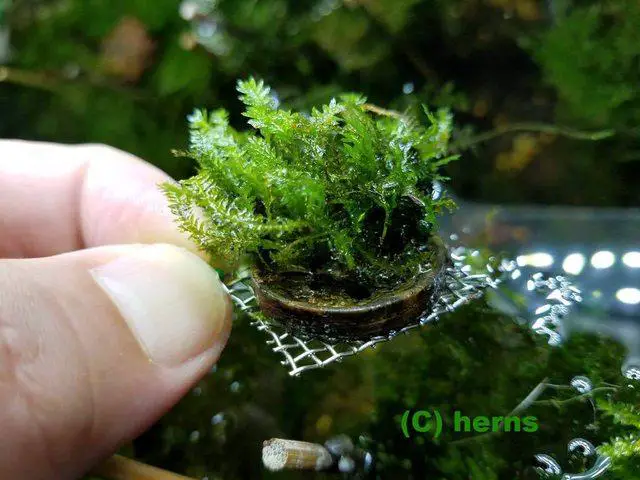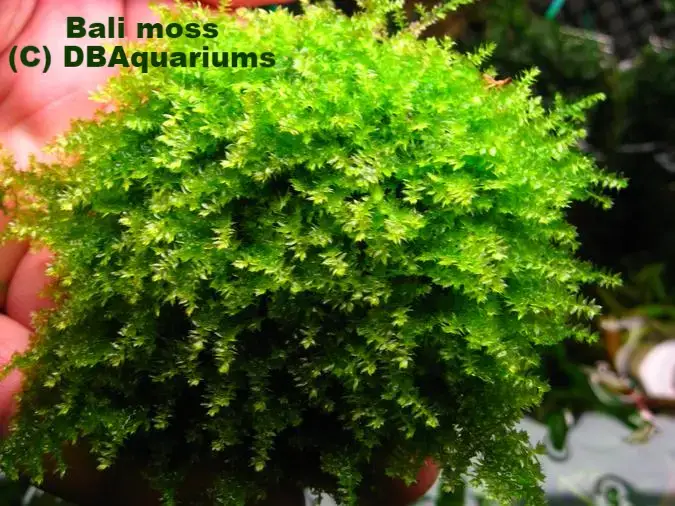
D3OuavJl.jpg from: https://www.aquaticplantcentral.com/threads/ultra-rare-fissidens-35-variety-moss.142723/
Exploring the Fascinating World of Fissidens cuspidatus Müll.Hal. Moss
Introduction
Mosses are often overlooked, but they play crucial roles in ecosystems around the world. One particularly interesting species is Fissidens cuspidatus Müll.Hal., a small but mighty moss in the Fissidentaceae family. In this blog post, we’ll dive into the details of this fascinating bryophyte.
Background on Fissidens Mosses
The genus Fissidens, commonly known as pocket mosses, contains over 450 species worldwide. These mosses get their name from the pocket-like arrangement of their leaves.

J48K6CL.jpg from: https://www.aquaticplantcentral.com/threads/ultra-rare-fissidens-grandifrons-buce-moss-fissidens-miroshaki.141441/

dY0JrbH.jpg from: https://www.aquaticplantcentral.com/forumapc/sale-trade/142723-ultra-rare-fissidens-35-variety-moss.html
Fissidens are classified in the phylum Bryophyta and class Bryopsida

IMG_0511_800x.jpg from: https://aquaticmotiv.com/products/fissidens-nobilis-moss-mat-fissidens-nobilis
.
Morphology and Identification
Fissidens cuspidatus is a small moss, typically growing in dense tufts or mats. Its leaves are lanceolate with a sharp, cuspidate tip (hence the species name “cuspidatus”). The leaves are arranged in two rows and have a unique pocket-like shape formed by a folded vaginant lamina. Leaf margins are usually entire but can be slightly serrated near the apex.
Global Distribution and Habitat
This moss has a wide distribution, found in many parts of Europe, Asia, Africa, and the Americas. It grows on a variety of substrates including soil, rocks, and tree bases in moist, shaded environments such as forests and stream banks. Fissidens cuspidatus can tolerate a range of pH conditions but prefers slightly acidic to neutral substrates.
Ecological Roles and Adaptations
Like other mosses, F. cuspidatus plays important roles in its ecosystems:
- Erosion control: Its dense growth helps stabilize soil and prevent erosion.
- Water retention: Moss mats absorb and retain moisture, regulating humidity in their microenvironments.
- Habitat for microorganisms: Many tiny invertebrates make their homes in moss cushions.
Fissidens cuspidatus has several adaptations that allow it to thrive:
- Pocket-shaped leaves: Help direct water and nutrients to the stem.
- Thick cell walls: Provide structural support and prevent desiccation.
- Asexual reproduction: Produces abundant spores and gemmae for dispersal.
| Characteristic | Description |
|---|---|
| Leaf shape | Lanceolate with cuspidate apex |
| Leaf arrangement | Distichous (two rows) |
| Vaginant lamina | Present, forming leaf “pocket” |
| Leaf margins | Entire to slightly serrate |
| Habitat | Moist, shaded environments |
| Substrate | Soil, rock, tree bases |
| Distribution | Wide: Europe, Asia, Africa, Americas |
Conclusion
Fissidens cuspidatus Müll.Hal. may be small, but it is a remarkable moss with unique adaptations and important ecological functions. Next time you’re out in nature, take a closer look – you might just spot this tiny but fascinating plant! What other overlooked organisms in your area have an outsized impact on their ecosystems?